The U.S. Navy SEAL
Guide to
Jungle Survival Secrets
Learn the survival techniques and
strategies of americas
elite warriors
Don Mann
and Ralph Pezzullo
Skyhorse Publishing

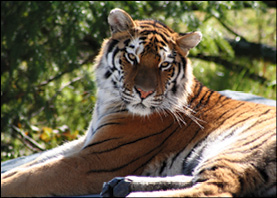
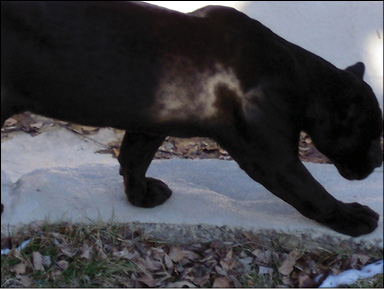
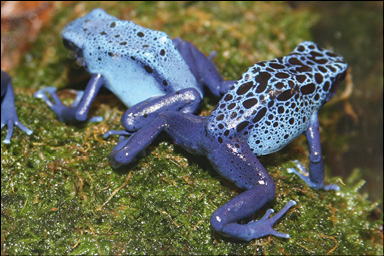
 Tiger
Tiger
 Jaguar
Jaguar
 Poison dart frogs
Poison dart frogs
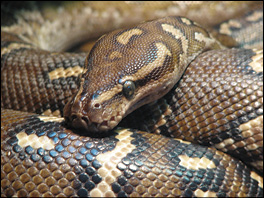
 Boa constrictor
Boa constrictor
Jungles, or rain forests, are lush, green areas teeming with life of all shapes and sizes. Although they only cover about two percent of the earths surface, theyre home to fifty percent of all plants and animals. If that doesnt describe how vital they are, consider this: A four-square-mile (ten-square-kilometer) area of a rainforest can contain as many as 1,500 plants, 750 species of trees, 400 species of birds, and 150 species of butterflies.
The good news about the jungle is that water and food are plentiful. The bad news is twofold:
1.The jungles thick overhead canopy makes it nearly impossible for anyone to spot you.
2.There are lots of things that can kill you, including mosquitoes carrying malaria, small brightly colored poison dart frogs, snakes, poisonous plants, and even jaguars and tigers.
Stay or move away from snakes, particularly boa constrictors, coral snakes, and fer-de-lances. Try to avoid insects. They can cause serious allergic reactions. Learn from the natives, who rub garlic on themselves to ward off bugs and snakes.
If you encounter a jaguar, never run from it. Walk toward it while shouting and clapping.
Types of Jungles
Tropical areas can be described as:
- Secondary jungles
- Tropical rain forests
- Semi-evergreen seasonal and monsoon forests
- Tropical scrub and thorn forests
- Tropical savannas
- Saltwater swamps
- Freshwater swamps
Secondary Jungles
Similar to rain forests. The difference is that sunlight does penetrate to the jungle floor in secondary jungles. Such growth is typical along riverbanks, on jungle fringes, and where people have cleared the rain forest.
Tropical Rain Forests
Found across the equator in the Amazon and Congo basins, parts of Indonesia, and several Pacific islands. Rain forests are characterized by their climate, which includes about three and one-half meters of rainfall throughout the year, and temperatures ranging from about 90 degrees Fahrenheit during the day to 70 degrees Fahrenheit at night.
Rain forests typically have five layers of vegetation:
1.Jungle trees rise from buttress roots to heights of sixty meters.
2.Smaller trees produce a canopy so thick that little light reaches the jungle floor.
3.Seedlings struggle beneath them to reach light and masses of vines and lianas twist up to the sun.
4.Ferns, mosses, and herbaceous plants push through a thick carpet of leaves.
5.A large variety of fungi grow on leaves and fallen tree trunks.
Since little light reaches the jungle floor, there is little undergrowth to hamper movement. But dense growth limits visibility to about fifty meters, making it easy to lose your sense of direction. And the thick canopy makes it extremely difficult to be spotted by aircraft.
Semi-Evergreen Seasonal and Monsoon Forests
Found in parts of Columbia, Venezuela, and the Amazon basin in South America; in portions of coastal southeast Kenya, Tanzania, and Mozambique in Africa; and in northeastern India, much of Burma (Republic of the Union of Myanmar), Thailand, Indochina, Java, and parts of other Indonesian islands.
These forests are characterized by two stories of tree strata. Those in the upper story average eighteen to twenty-four meters while those in the lower story average seven to thirteen meters. The diameter of both strata of trees averages one-half meter, and their leaves fall during seasonal droughts. With the exception of sago, nipa, and coconut palms, the same edible plants grow in these areas as in the tropical rain forests.
Tropical Scrub and Thorn Forests
Found on the west coast of Mexico, Yucatan peninsula, Venezuela, and Brazil; on the northwest coast and central parts of Africa; and in Asia, Turkestan, and India. They have five main characteristics:
1.There is a clearly defined dry season.
2.Trees are leafless during the dry season.
3.Fires occur frequently during the dry season.
4.The ground is bare except for a few tufted plants in bunches; grasses are uncommon.
4.Plants with thorns predominate.
When traveling through these areas, keep in mind that while plants are abundant during the rainy season, you will find it hard to obtain food plants during the dry season.
Tropical Savannas
Found within the tropical zones in South America and Africa, including parts of Venezuela, Brazil, and the Guianas in South America; and the southern Sahara (north-central Cameroon, Gabon, and southern Sudan), Benin, Togo, most of Nigeria, northeastern Zaire, northern Uganda, western Kenya, part of Malawi, part of Tanzania, southern Zimbabwe, Mozambique, and western Madagascar in Africa. They look like broad, grassy meadows with trees spaced at wide intervals.
Saltwater Swamps
Found in West Africa, Madagascar, Malaysia, the Pacific islands, Central and South America, and at the mouth of the Ganges River in India. Common in coastal areas subject to tidal flooding, saltwater swamps have tides that can vary as much as twelve meters and have a large variety of hostile creatures, from leeches and insects to crocodiles and caimans. Avoid these swamps if possible.
Mangrove trees thrive in these swamps, and can reach heights of twelve meters. Their tangled roots are an obstacle to movement. Visibility in this type of swamp is poor.
Freshwater Swamps
Found in low-lying inland areas and characterized by masses of thorny undergrowth, reeds, grasses, and occasional short palms that reduce visibility and make travel difficult. There are often islands that dot these swamps, allowing you to get out of the water. Wildlife is abundant.
Familiarize Yourself with Your Environment
Knowledge of field skills, the ability to improvise, and the application of the principles of survival will increase your prospects of survival. Dont be afraid of being alone in the jungle, as fear can lead to panic. And panic can lead to exhaustion and decrease your odds of survival.
One of the worst aspects of a jungle is the density of the vegetation, which makes it difficult to navigate. To get a better viewpoint of your surroundings, look for a high area that is not obstructed or climb a tree and get above the canopy. If you see depressions in the jungle where one side is higher than the other, that could be a river, which means civilization may be nearby.



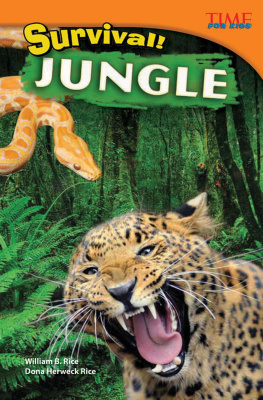
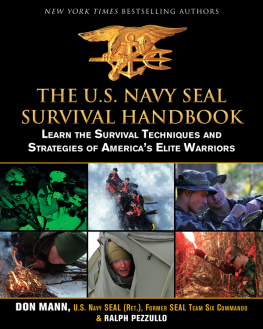
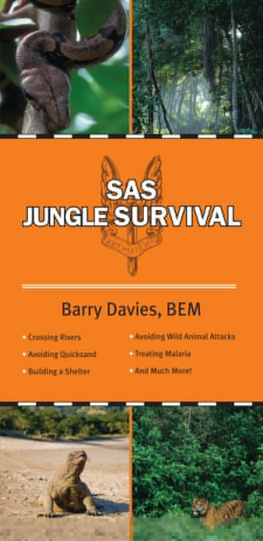
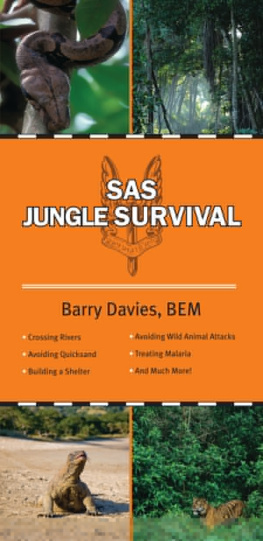




 Tiger
Tiger Jaguar
Jaguar Poison dart frogs
Poison dart frogs
 Boa constrictor
Boa constrictor